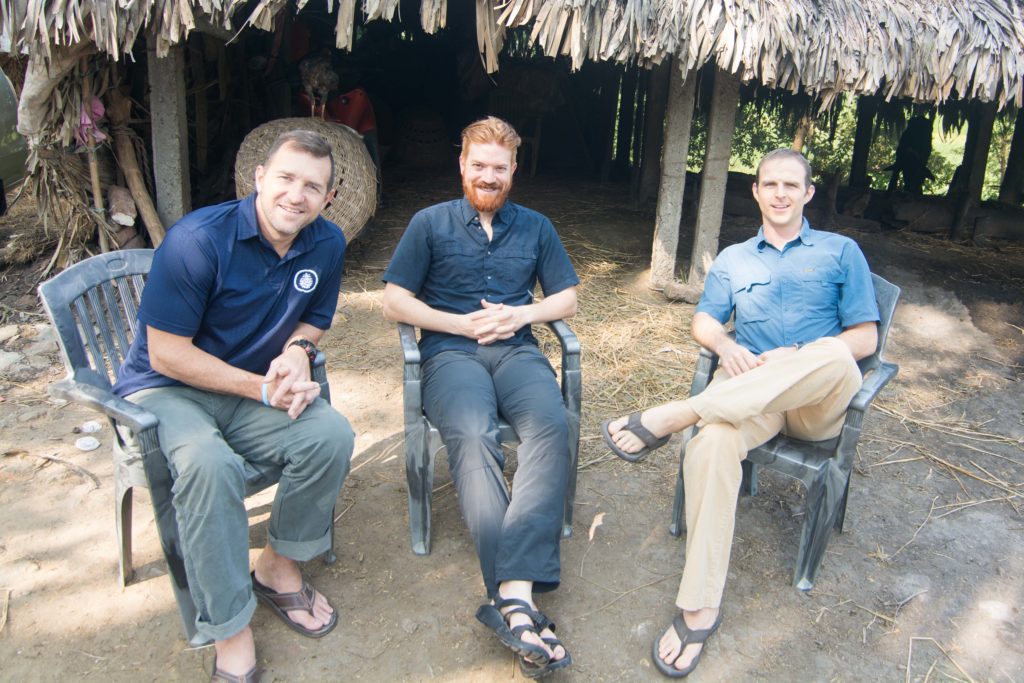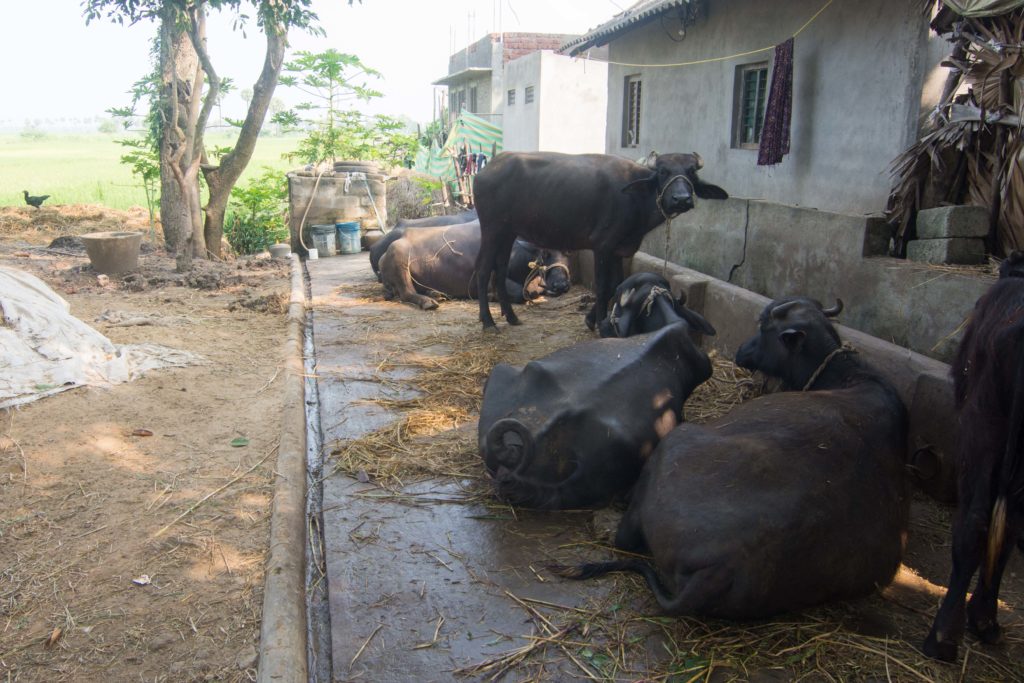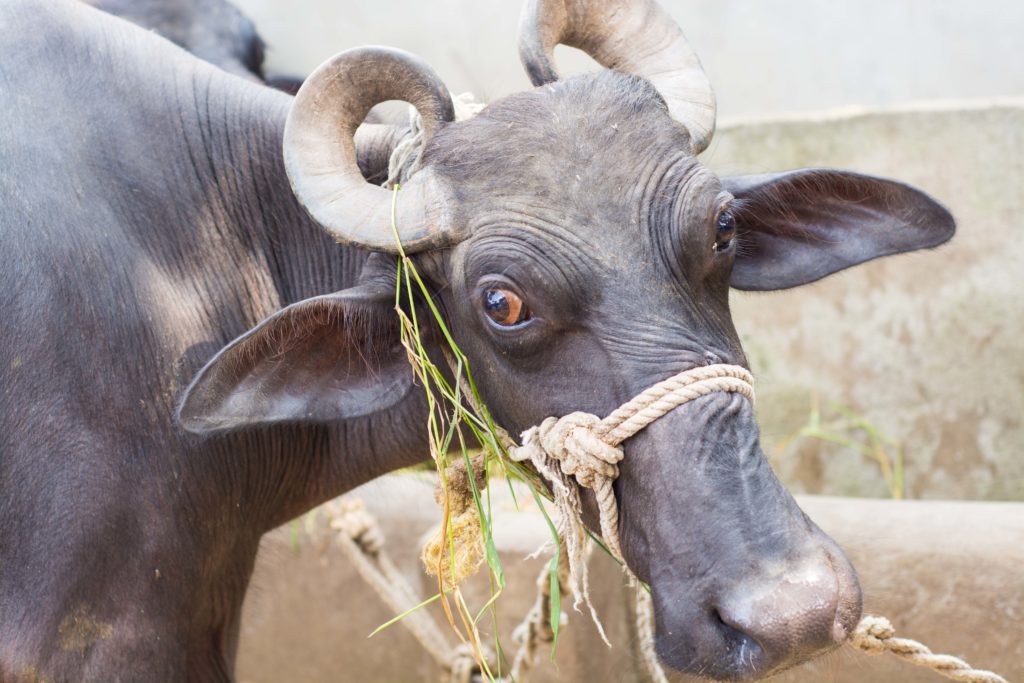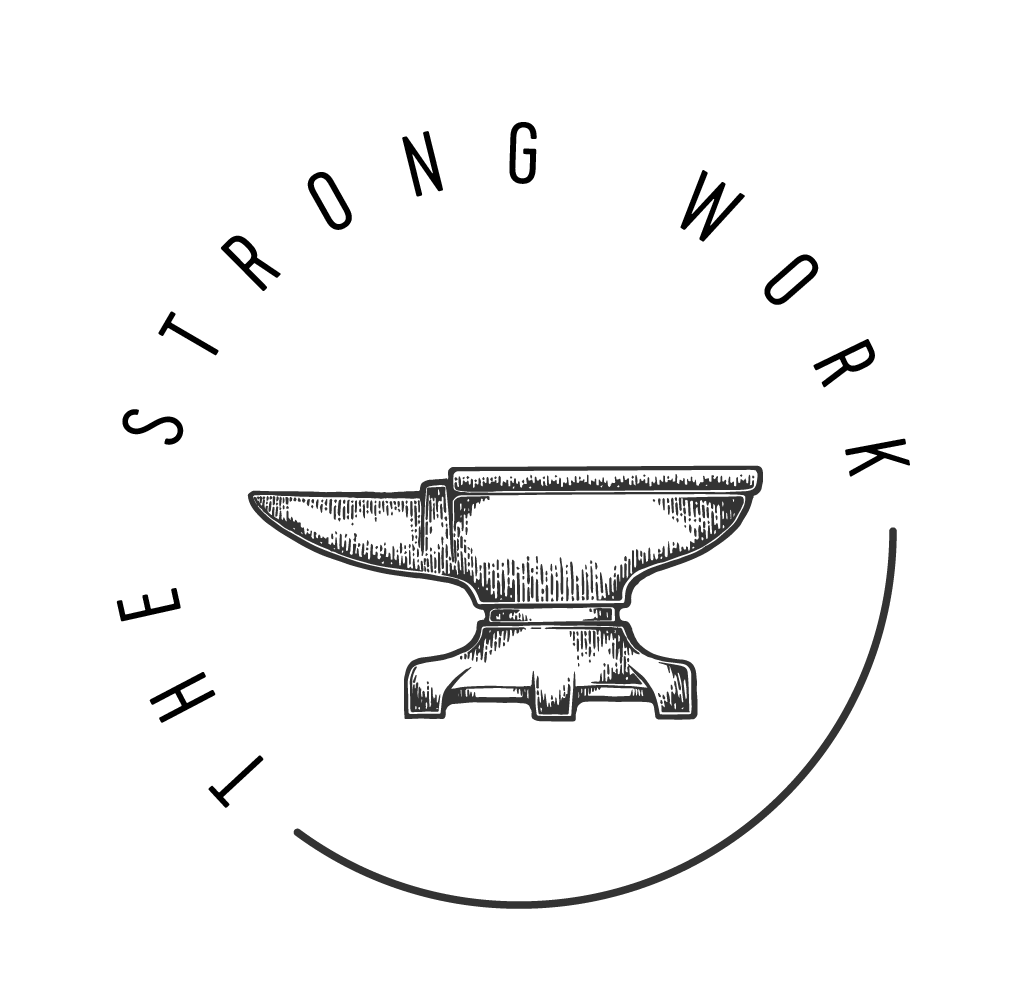Each of us has a world-view or “paradigm” through which we see the world and make value judgments. In order to genuinely love other people who are not “like us,” we need to acknowledge and try to understand their world-view. It requires a “shift to see the other” for us to value them and their perspective so we can a mutually beneficial relationship and add value to each other. Then we can be STRONG for our work with others.
A Small Paradigm Shift
Notice the lady in the featured picture above. What are your initial thoughts about her – as she proudly stands in front of this water buffalo? (as for another paradigm shift… these are buffaloes. The animals in the US are Bison – in case your teachers and books have steered you wrong!)
I encountered this lady in a small village in India. I saw her pick up a huge pile of fresh buffalo manure with her bare hands – which of course was off-putting and puts judgmental thoughts in your mind. Then, she noticed us standing near her home and quickly brought out three chairs for us to sit in. We were a bit wary of their cleanliness – but then again, we were in India – so we gratefully sat in her chairs. Then, she was so proud of her water buffaloes that she wanted her picture taken in front of them. We reflected on her kindness toward strangers and her pride in her water buffaloes and it helped us “shift to see the other” as we stepped into her world a bit.



Previous
Next
Finding the Right Map
In his world-famous book, The 7 Habits of Highly Effective People, Stephen Covey opens with an explanation that we need to have “inside-out” changes within our character in order to have true, lasting influence on others. He says that “private victories precede public victories” (p. 43) to show that we should not expect change in the external world until we have right map and become the person we want to see in the world.
He says that we have a paradigm – or “map” (or worldview) – that provides a model or theory of the world. If the map is wrong, then we will always end up at the wrong destination – and probably frustrate yourself and many others in the process.
Each of us has many, many maps in our head, which can be divided into two main categories: maps of the way things are, or realities, and maps of the way things should be, or values. We interpret everything we experience through these mental maps … and our attitudes and behaviors grow out of those assumptions.
He goes on to explain how we need to become aware of our maps and then evaluate and examine them to determine their accuracy. Then we can have awareness of the maps of others and be open to adopting them or adapting ours because of new awareness. This opens the opportunity to “shift to see the other.”
See the Love (all around you)
One of my favorite bands these days is called The Brilliance. They opened for a concert for one of my other favorites, Josh Garrels, and I just fell in love with their music and friendly personality. They have a song called “See the Love” which hits on this subject of “shifting to see the other.” The challenge in the song is to recognize the reality of love all around you and to be a person who shines that love to others by seeing them for who they are created to be.
Here is a short excerpt from the song:
Learn to feel,
Learn to begin again
Open our eyes again
To see our brother’s pain
You can watch the music video HERE – or another one HERE – and read the lyrics HERE.
I hope that you are encouraged by this song and reflect on how you can be the love that you wish to see in the world.
Application Questions:
- Are you willing to examine your map and the maps of others so you can shift to see the other?
- How will you be the love you wish to see in the world?
Reference:
Covey, Shephen. The 7 Habits of Highly Effective People. (Fireside, New York: 1989).
For more on this topic, see this post: Is Your Heart at Peace or at War?

